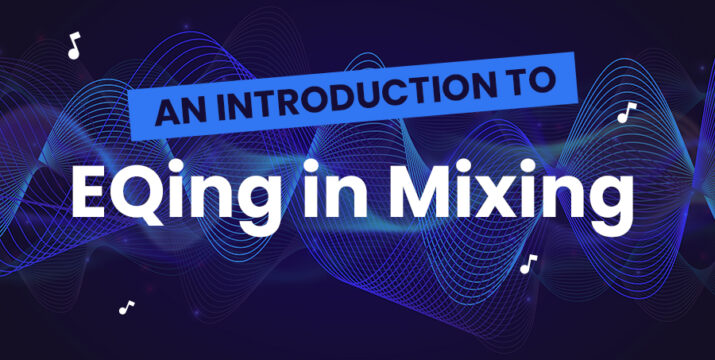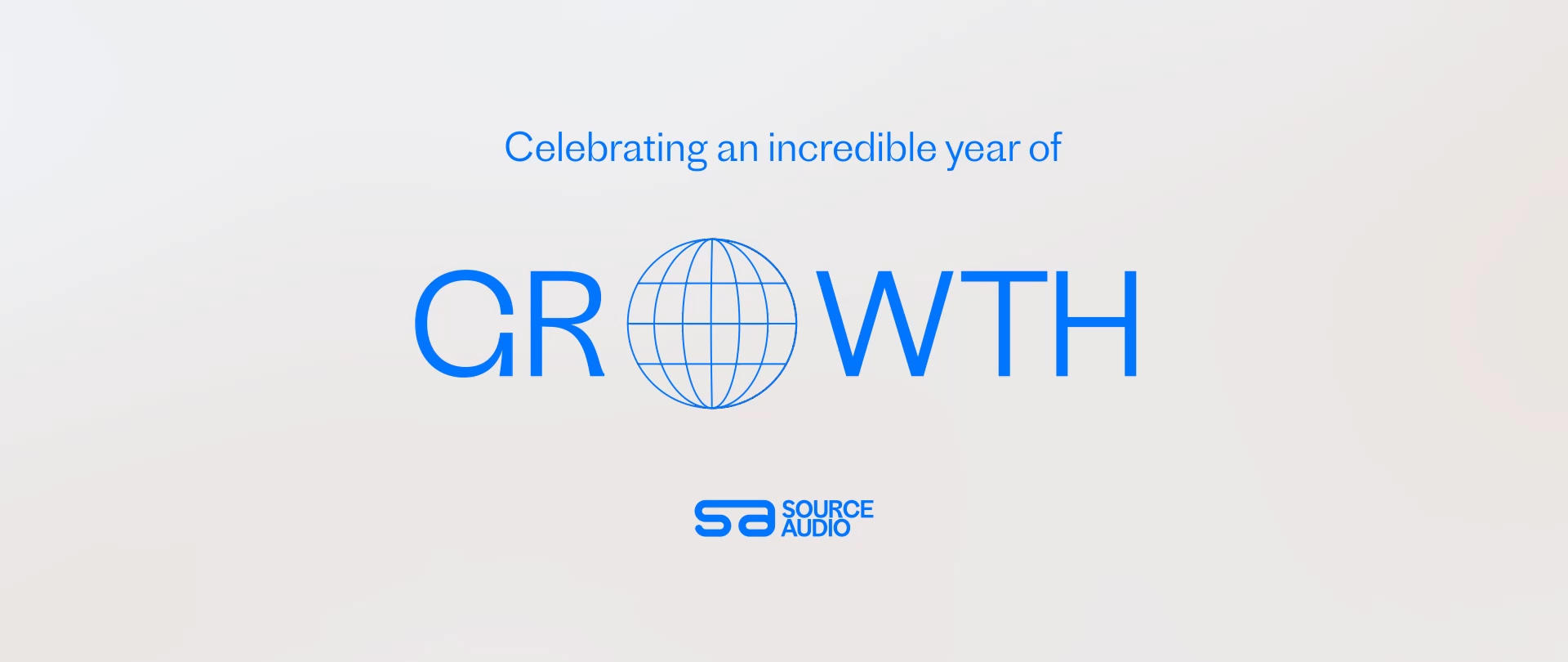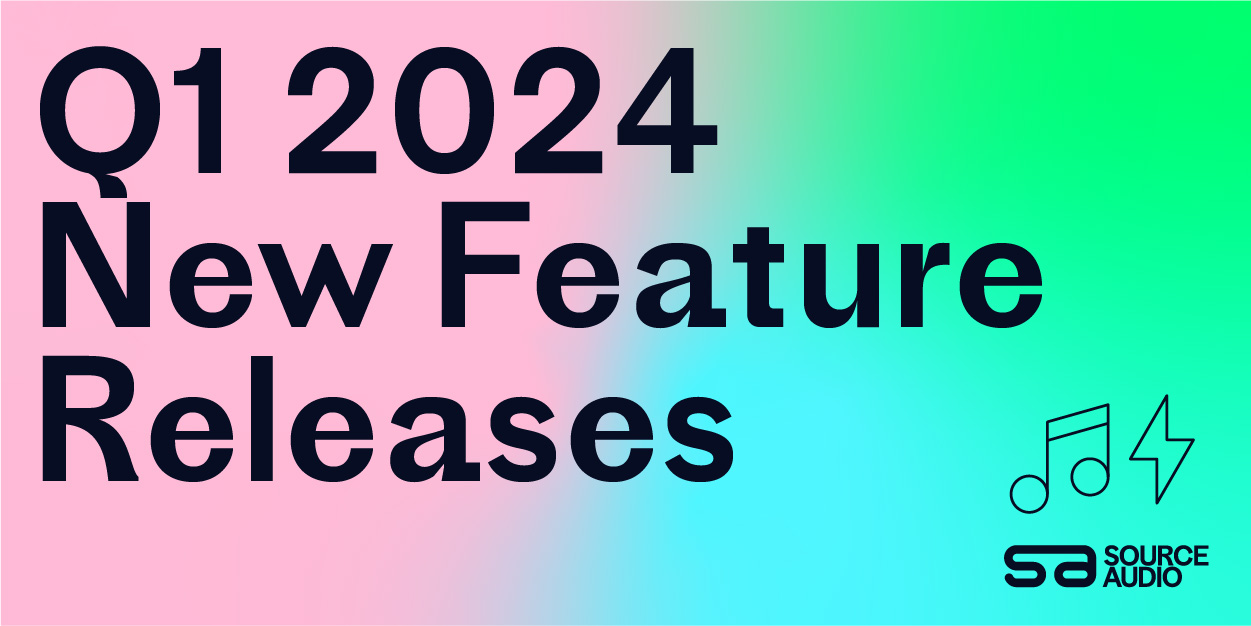An Introduction to EQing in Mixing
Updated August 12, 2022

Professional grade EQing can make a great track sound even better, while a bad EQ job can absolutely ruin an otherwise great recording. Here are a couple of useful EQing techniques to take your mix to the next level.
EQ to Avoid Overlapping Frequencies
Fundamentally, a mixing engineer wants to make sure that overlapping of instruments in any frequency range is reduced to a minimum. Each instrument in a mix should occupy its own unique frequency range so that the mix doesn’t sound muddy and each voice has plenty of room to sound out.
To achieve this, the engineer uses broad frequency cuts, two on an instrument at most, and the best way to get started with this process is to begin with the most important instruments in the mix. You’ll give your most important instrument priority for the frequencies that make it sound the best, and then go to the second most important frequency, and so on. Ideally, the instruments should already have been chosen so that each one works together to form a complete spectrum of sound from the lowest audible frequency to the highest, so this process shouldn’t involve reshaping the sounds too much.
Removing Dissonant Harmonics
One of the most common tricks that engineers use to make instruments sound both louder and clearer is the removal of dissonant frequency harmonics. This is accomplished by using a graphic EQ, boosting a set frequency with your Q-value turned all the way up, and then slowly sweeping across the entire frequency spectrum to listen for dissonant harmonics that ring out. Once you have identified them, take that boosted EQ frequency and drop it all the way down to cut it to the level which sounds best.
You may want to take this a step further and engage the piano roll across the bottom of your frequency visualizer if you have one. You may find that those trouble frequencies you cut out end up aligning with notes that are not in the key of your song. With the piano roll, you can lock those nodes of your cuts onto the dissonant notes, which may provide an even more effective cut.
Like most mixing tools, the effect is subtle, and it’s best not to overdo it and punch too many holes in your instrument, but many subtle improvements on each track over of a mix go a long way to elevating a track.

Industry-Leading Stem Separation Comes to SourceAudio
We are excited to announce our latest partnership with Music.AI, bringing groundbreaking AI-powered stem separation directly to our platform! This integration allows you to create broadcast-quality instrumentals and stems with unmatched pr...[ READ MORE ]

FREE AI METADATA – Now on All Catalog Manager Sites
Supercharge your music library with cutting-edge AI-powered metadata -- on us! Every Catalog Manager site now comes with FREE AI metadata tagging for your entire catalog. Leverage this incredible tool now, and read on to learn how it can d...[ READ MORE ]

File Delivery is Now Free and Included for All Catalog Manager Sites
Every Catalog Manager site now comes with 250GB of FREE file transfer space every month – that's approximately 9,000 WAV files, every month. Not using file delivery yet? Here are 11 ways this powerful tool can supercharge your business....[ READ MORE ]

Our E-commerce Add-on Is Now Free for All Catalog Manager Sites
E-commerce is now free for everyone! In the spirit of creating as much value as possible for our community and clients, what was once a paid add-on is now free for everyone. Not using e-commerce on your SourceAudio site yet? Here are 12 way...[ READ MORE ]




